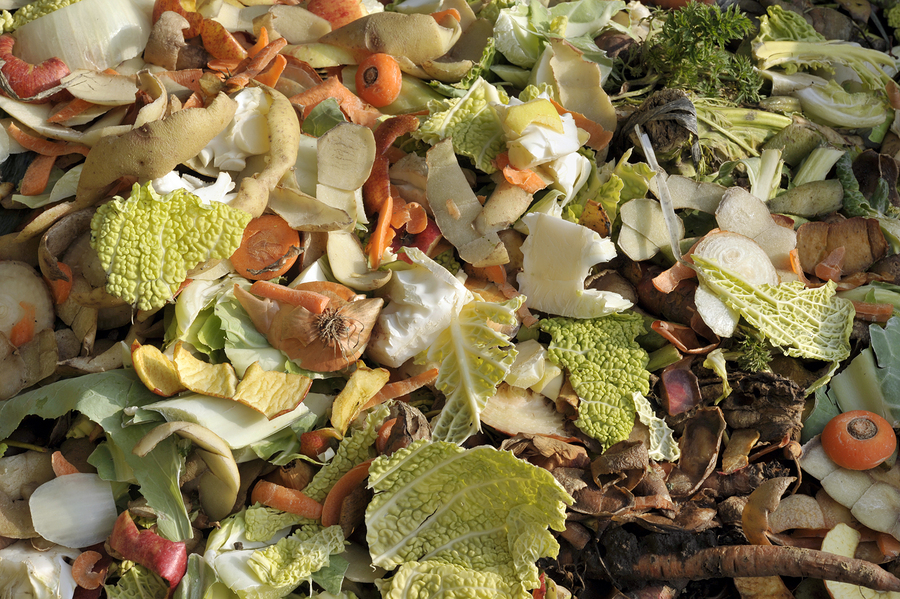
Dwindling access to quality water, the effects of climate change on agriculture, overflowing landfills, and new regulations that emphasize prevention and safety are just a few reasons to take a closer look at the sustainability of your food processing practices.
The larger your company, the bigger your impact can be. But where do you start? Fortunately, your efforts at efficiency in one area can fuel your sustainability company-wide.
Here are some ways to assess and revamp your food processing operations for better sustainability. You may even find it’s a boost for business, as well.
Risk assessment
Before you can change anything, you’ve got to know what’s already happening. Knowing your facilities and philosophies inside and out will help you make more sustainable choices.
Outside audits
You have lots of options when it comes to audits, but there are some specifics you should examine more closely. Looking at things like energy sources, energy use, waste production, and waste disposal can help you not only boost your sustainability, but also your efficiency and profitability.
Don’t underestimate the human factor, either. Audit your employees’ engagement and awareness around sustainability matters. Identify places where you can improve training and open up communication.
Meters and monitors
Water is an essential element in any food processing operation. As part of Food Engineering’s Green Series, Deborah Schug recently outlined steps you can take to assess, monitor, and improve your water use. Switching to less water-intensive procedures can also improve your bottom line.
This Food Manufacturing article offers tips for tracking usage levels everywhere in your facility, from lights to insulation, to refrigeration, to water.
Sustainability strategy
When it comes to sustainability strategy, the food industry has some catching up to do. Fortunately, several companies are leading the way with corporate responsibility plans and commitments.
Take a page from the playbook of Kellogg’s, PepsiCo, Coca-Cola, or Kraft-Heinz as you begin to craft your own company’s path to greater sustainability.
Pollution prevention
According to Jeff Kohn and Kelsey Kruger at GreenBiz.com, the food industry has been slow to catch up when it comes to pollution prevention.
The EPA’s pollution prevention strategies target energy, industry, and agriculture and encourage “source reduction,” that is, eliminating pollution before it starts. In many cases, prevention means switching to non- or less-toxic chemical input in agriculture, production, and maintenance processes or switching to benign energy sources like solar or wind.
Conservation efforts
More major food companies are committing to conservation efforts by joining initiatives like the AgWater Challenge. Since 70% of the world’s freshwater supply is used to grow the food we eat, food processors wield enormous influence over how that water is sourced and sustained.
Energy, too, shouldn’t take a back seat in your conservation efforts. Reducing reliance on fossil fuels can have a far-reaching impact that ensures your sustainability and profitability in spite of increasingly rapid and extreme climate shifts.
Farmer and supplier incentives
As consumers demand more sustainable food products, the sustainability of your supply chain becomes more important as well.
It’s crucial to understand the range of factors farmers and suppliers face in moving toward better sustainability. Educate yourself, and encourage your supply chains to switch to sustainable practices, and choose or switch to those that already meet higher standards.
Community and NGO partnerships
On the other end of the chain, getting consumers involved in your plans can built partnership, trust, and accountability.
Efforts such as Smithfield foods’ sustainability program or the National Cattlemen’s Beef Association’s 30-day Food Waste Challenge can help spur communities and organizations toward overall sustainability improvements.
Plant operations
In addition to your partnerships, your processing facilities offer myriad opportunities for improved sustainability and savings, not to mention added efficiency. Here are a few to explore and implement:
- LED lights, in addition to being ideal for processing and packaging areas, use 75% less energy than other types of lighting and perform well in cold conditions.
- Using the right water treatment methods can significantly reduce water waste and cost and might actually improve upon the quality of water that comes in contact with humans and products.
- Building automation systems can unify your entire facility to control climate, light rooms only when they’re being used, monitor performance, and report any failures or malfunctions to building managers.
- Education around emissions reduction can help institute lasting change, in both your daily practices and your company culture.
Recycling habits
Consumers want to reduce their waste levels, and food companies can build consumer trust by working toward zero-waste processing and packaging solutions. A 2015 NRDC report shows room for improvement in packaging practices, and all manufacturing operations produce both solid and liquid waste. So what can food processors do to put their waste back to work?
- Find uses for byproducts and companies that specialize in liquid waste management.
- Invest in new tools such as recyclable pallets that can reduce both labor and environmental burdens.
- Develop biodegradable, recyclable packaging that also helps food stay fresher, longer.
Sustainability concerns span the spectrum of your food processing operation. You have to stay economically stable. Your workforce, too, needs sustainable habits and philosophies to maintain performance.
Starting at an environmental source can spread sustainability to all aspects of your business. Once suppliers, employees, and consumers sense your commitment to the environment, you’ll build the trust and transparency to keep your whole business growing and healthy.







